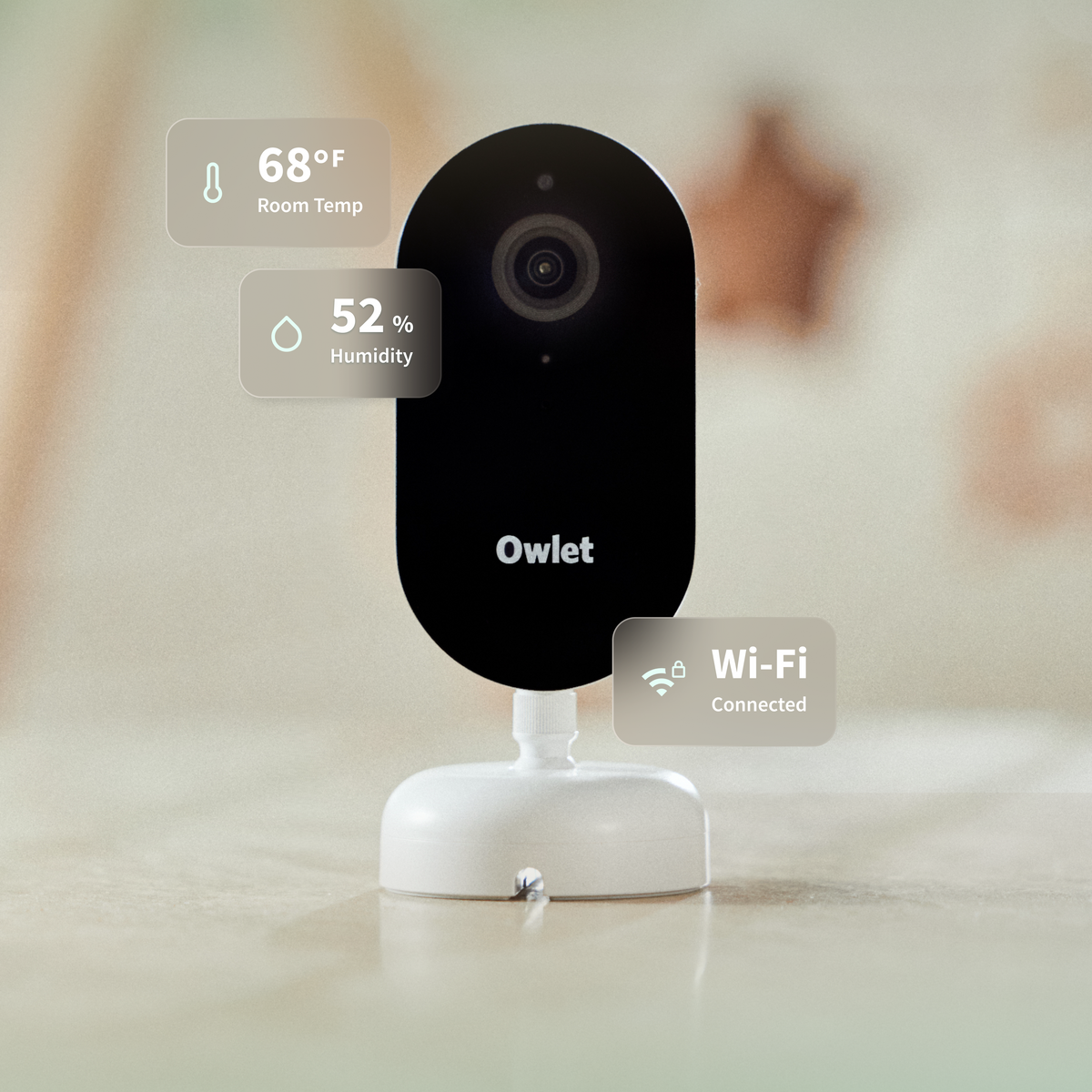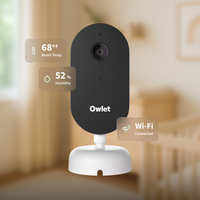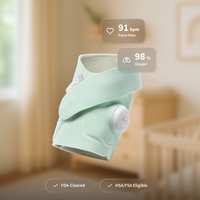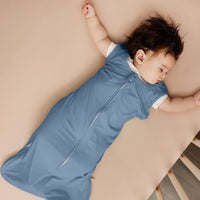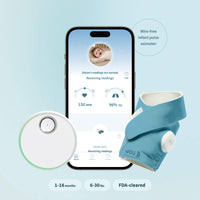The content provided on this blog is intended for informational and educational purposes only. It is not a substitute for professional advice. Always seek the advice of a qualified expert with any questions you may have and to learn more about your child's specific needs.
Whether you’re enjoying summer adventures outdoors, or having fun at an indoor pool, nothing beats splashing around in the water. But remember, safety comes first! According to the Centers for Disease Control and Prevention, water-related incidents can be a real concern, especially for kids. In fact, accidental drowning is the #1 reason for death in children aged 1-4. So, let's dive into some water safety tips that will keep your little ones healthy and happy while they enjoy the water.
Top 10 Water Safety Tips
#1: Always Stay Close By
Whenever your child is in or near water, it’s important that you stay within arm’s reach. This rule applies whether your child is swimming in a pool (even with lifeguards!), playing at the beach, or even taking a bath.
After your child has learned to swim for long distances and float on their back, you won't need to be right next to them, but you should always keep them in sight. Kids of all ages and swimming abilities can become trapped underwater, caught in a current, get a cramp, or simply become too tired from swimming and be quickly within harm’s way.
#2: Assign a Water Watcher
You’ve probably heard of water buddies, but have you heard of a water watcher? A water watcher is a responsible adult who’s solely focused on supervising your child, free from distractions like phones, family conversations, or alcohol consumption.
Making sure someone is actively watching over your child is super important because, as the saying goes, when you assume someone's keeping an eye on them, chances are no one really is, especially when distractions come into play. Adults can switch off playing water watcher to allow each other breaks during long days by the beach or pool.
#3: Install a Pool Fence
If you have a pool in your backyard, it’s important to take the necessary precautions to keep your child (as well as other children) safe, especially before your baby starts crawling and/or becoming more mobile. A pool fence is one of the best ways to do this. The fence should be at least four feet high and have a gate that closes and latches automatically.
Using an inflatable kiddie pool instead? Make sure you empty all inflatable pools after swim time is over. Although you don't necessarily have to deflate the pools, they should be emptied so they don't contain any water that a child could accidentally fall into.
#4: Stay Informed About Weather Conditions
Before heading out by the water, always check the weather forecast. Sudden storms or lightning can pose serious risks to anyone in or near the water. If there's a storm approaching, it's best to postpone your outdoor activities for everyone's safety.
#5: Enroll Your Child in Swim Lessons
One of the best ways to encourage water safety is to enroll your child in swim lessons. Swim lessons will teach your child how to swim and float safely. They’ll also learn what to do if they find themselves in a situation where they’re struggling in the water. The American Academy of Pediatrics (AAP) recommends that children start swim lessons as early as age one to help prevent drowning.
#6: Learn CPR
In case of emergencies, it’s important for you to know how to perform CPR. If your child does get into the pool and start to drown, you'll need to act quickly. Knowing CPR can be life-saving in these situations.
#7: Teach Your Child Proper Water Rules
It’s also important to teach your child the proper rules for being around water. This includes not going into the water without an adult present, not diving into shallow water, and not running near the pool. Teaching them basic ground rules will help ensure best practices when it comes to water safety.
#8: Use a Proper Flotation Device in Open Water
It’s important for your child to wear a life jacket or other flotation device when in open water or in moving vessels like boats or jet-skis. The flotation device should be U.S. Coast Guard-approved, and fit snugly on your child. It’s also important to make sure that the device is properly secured so that it can’t come off.
Keep in mind that while U.S. Coast Guard-approved life jackets are encouraged for swimming in open water, they’re not ideal for regular water play. Although life jackets do the job, they can also give children the impression that they can always float, regardless of whether the floats are on. This could lead to potentially dangerous situations if a child enters a body of water with a false sense of security. Likewise, many flotation devices keep children in a vertical position, which is actually an improper position to be in if a child were actually drowning or struggling in water.
#9: Remove Pool Toys After Pool Time
Kids are often attracted to pool toys, even when they’re not supposed to be near the water. If you have a pool in your backyard, it’s important to remove all toys from the area after pool time is over. This will help to keep your child safe by preventing them from trying to get into the pool area when they’re not supposed to be there, or when they’re not being supervised.
#10: Create and Practice an Emergency Plan
Sit down with your family and discuss what to do in case of emergencies like someone struggling in the water or a poolside accident. Assign roles and responsibilities to each family member, including how to call for help, perform CPR if necessary, or provide assistance while waiting for professional help to arrive. Regularly practice this emergency plan so that everyone knows exactly what to do if the situation arises. Being prepared can make all the difference and ensure a quick and effective response during critical moments.
With these additional tips, you can further enhance water safety for kids of all ages and make sure their water adventures are both fun and safe.
Resources:
https://www.cdc.gov/drowning/prevention/index.html
https://www.healthychildren.org/English/safety-prevention/at-play/Pages/Water-Safety-And-Young-Children.aspx
https://www.parents.com/kids/safety/outdoor/the-sad-truth-about-drowning/
